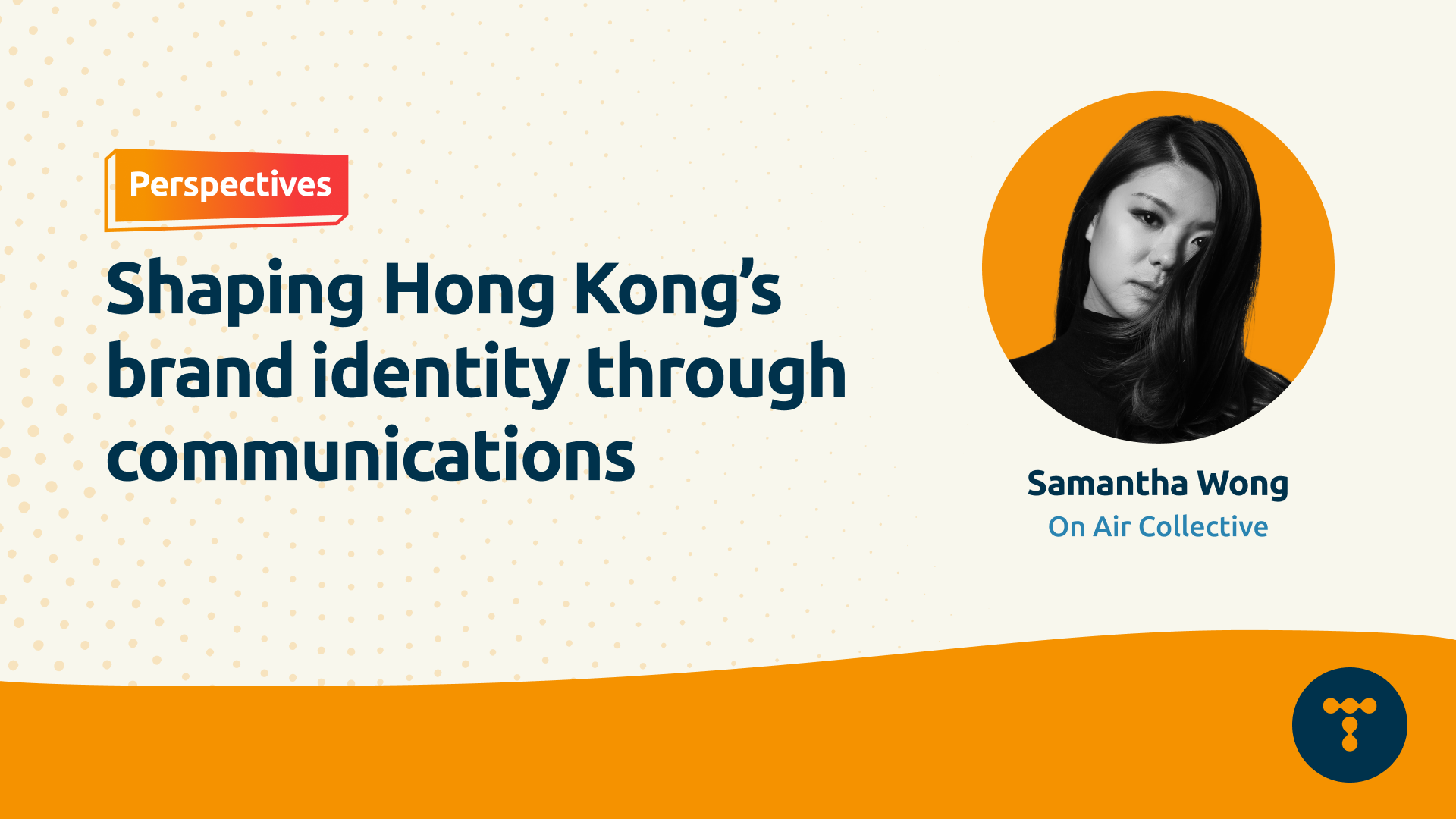In a city as dynamic and multifaceted as Hong Kong, local businesses play an essential role in defining and promoting the city's brand identity. Having worked with over 100 brands across Asia, I've witnessed how both local and international businesses navigate the complexities of standing out in a market that is deeply traditional yet intensely global.
The most successful brands in Hong Kong don't merely sell products or services; they embody the essence of the city. Through effective storytelling and strategic communication, they transform into cultural ambassadors.
Authenticity as a foundation
Building a strong brand in Hong Kong is about more than just aesthetics or messaging - it's about creating a branding foundation that embodies authenticity, clarity, and impact. A brand that knows its DNA is more likely to resonate with both local and global audiences. This clear sense of identity, paired with consistent messaging, fosters trust and loyalty over time.
At the core of this effort lies a carefully crafted communication strategy. In Hong Kong's bilingual environment, brands must decide between English, Cantonese, or both languages to connect meaningfully with their audience. The language and tone should reinforce the brand's identity and speak directly to its target demographic - it's never a one-size-fits-all solution.
Maximising reach and engagement
In today's digital landscape, choosing the right channels is crucial to maximising exposure and reaching the right audience. A cross-marketing strategy that blends online and offline efforts can amplify a brand's voice. Whether it's leveraging digital platforms like Instagram and e-commerce or hosting on-ground events, the key is delivering a consistent, compelling message across all touchpoints.
Before selecting platforms such as Instagram, Facebook, Xiaohongshu, and Threads, brands should develop a comprehensive channel strategy, as each requires tailored assets, designs, and messaging.
Storytelling as a bridge
One of the most effective ways for local businesses to showcase Hong Kong's unique identity is through storytelling. Every brand has a story, and in Hong Kong, these stories are often deeply tied to the city's unique culture and history.
I've worked with F&B brands that draw inspiration from Hong Kong's iconic culinary traditions to craft authentic and meaningful experiences. By communicating these stories through engaging campaigns, social media, and PR, these brands can connect with audiences on a deeper level, fostering both loyalty and cultural pride.
Storytelling also allows brands to highlight their connection to the city's dual identity: a place where East meets West, tradition meets modernity. By weaving these elements into their communications, brands can position themselves as ambassadors of Hong Kong's unique spirit.
Balancing global reach with local identity
While celebrating their local identity, Hong Kong brands face the challenge of carving out a distinctive presence on the global stage. The key is striking a balance between staying authentic to their roots and remaining relevant to a worldwide audience.
One effective way to achieve this is by embracing universal trends such as sustainability, wellness, and technological innovation - while infusing them with a distinctly Hong Kong perspective. Take, for example, a local fashion label that adopts eco-friendly practices yet draws design inspiration from traditional Chinese tailoring or the city's vibrant urban landscape. This fusion of global relevance and local authenticity creates a powerful story that resonates deeply with both domestic and international consumers.
Digital channels play an indispensable role in this journey. Through social media, influencer partnerships, and e-commerce platforms, brands can extend their reach far beyond Hong Kong's borders. Complementing these digital efforts, offline initiatives like pop-up shops and collaborations with international partners can further boost visibility and reinforce a brand's unique identity.
Communicating brand identity in Hong Kong has never been a straightforward process. It requires clear purpose, strategic storytelling, and a keen understanding of the city's distinctive blend of tradition and innovation. When brands embrace this complexity, they do more than establish their identity - they contribute to the larger cultural story of Hong Kong.
Samantha Wong is the Co-founder and Director at On Air Collective, a Hong Kong-based independent agency specialising in the fashion, lifestyle, and F&B sectors. Since setting up shop a decade ago, she has worked with brands including American Eagle Group, Vans, and Swire Properties. Samantha is also a member of The Women's Foundation Board of Governors.

.jpg)

